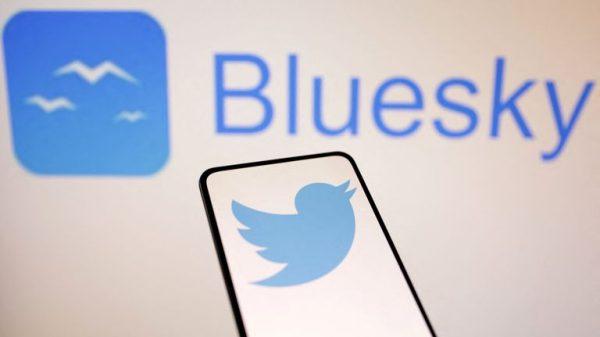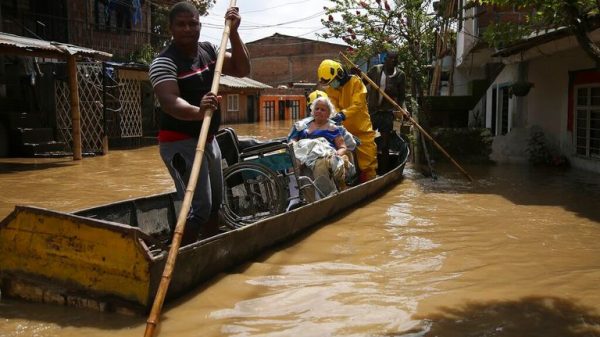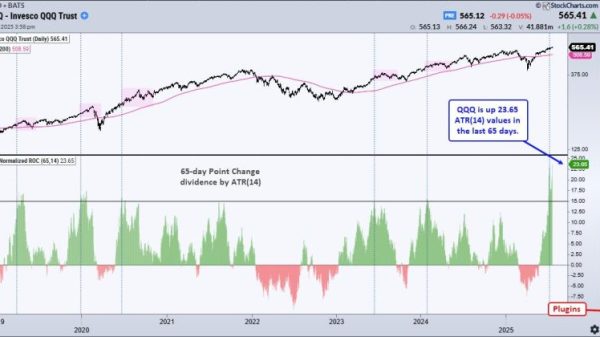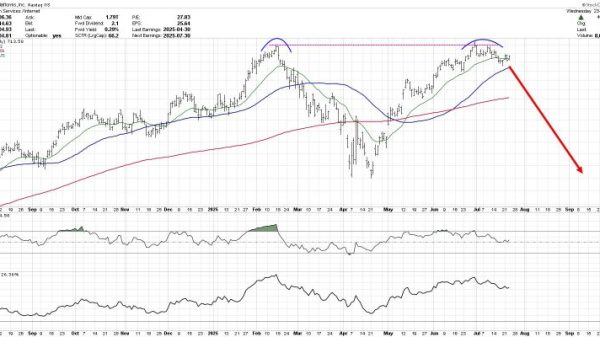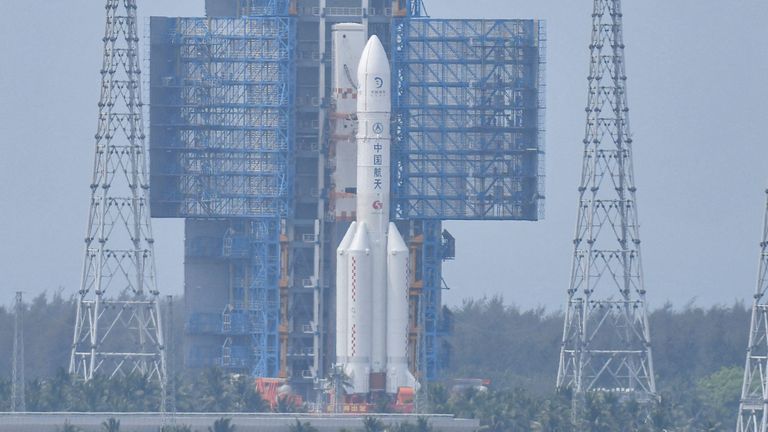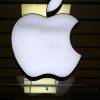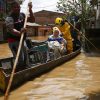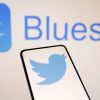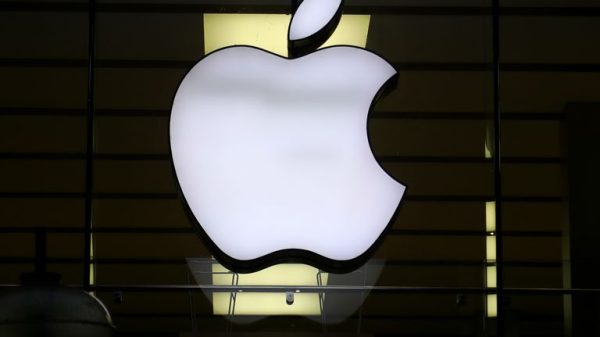China’s Chang’e-6 robotic spacecraft is due to blast off today, hoping to become the first mission to collect rock and soil samples from the far side of the moon.
It is the next step in a tense race between NASA and China to create bases on the moon, and from there, lift off to Mars.
Since the first Chang’e mission in 2007, named after the mythical Chinese moon goddess, Beijing has made leaps forward in its lunar exploration.
What is Chang’e 6 going to do?
The spacecraft is set to land on the northeastern side of the huge South Pole-Aitken Basin. It’s the oldest impact crater in the solar system.
There, it will collect samples to bring home to Earth so scientists can study what is on the moon’s far side for the first time. In 2019, the mission’s predecessor, Chang’e-4, became the first spacecraft to successfully land on the moon’s far side.
We only ever see one side of the moon because it takes the same amount of time to spin on its axis as it does to orbit Earth, around one month.
The side that faces away from Earth is pockmarked with lots of craters of different sizes and has a thicker, older crust, according to NASA.
Once Chang’e-6 has collected all its samples, it will attempt to lift off from the far side of the moon for the first time in history.
Chang’e-6’s mission will last for around 53 days and will collect about 2kg of material using a scoop and a drill, says NASA.
It is the first of three missions using unmanned spacecraft before China attempts to land a crew and build a base on the lunar south pole.
Four countries – the US, Russia, China and India – have landed spacecraft on the moon.
The big race to space
The far side of the moon is an increasingly popular destination. Last year, India celebrated as its Chandrayaan-3 became the first spacecraft to land on the lunar south pole.
NASA intends to make history by sending the first humans near the lunar south pole in 2026 with its Artemis mission, and eventually build a habitable base there.
China says it plans to get there in 2030, but NASA’s administrator Bill Nelson recently said he thinks they’re speeding up their plans.
“The latest date they’ve said they’re going to land is 2030 but that keeps moving up,” he told the House Committee on Appropriations in April.
“It is incumbent on us to get there first,” he said.
So why is everyone so desperate to reach a side of the moon we can’t even see?
Simply put, it’s about water.
Ever since India discovered there might be ice in the moon’s south pole craters in 2008, scientists have wanted to know if there is water up there.
If there is, missions to Mars become much more achievable, as does sustaining long-term bases on the moon.
But Earth’s politics are playing out in space.
NASA wants to beat China to the moon so urgently because it believes the country will lay claim to the moon’s water and could be developing ‘secret military capabilities’ in space.
“My concern would be if China got there first and said, ‘This is our territory, you stay out’,” said Mr Nelson.
Around 39 countries including the UK have signed NASA’s Artemis Accords, an agreement that requires space activity to be conducted for peaceful purposes and that countries stick to the 1967 Outer Space Treaty.
That treaty says outer space ‘shall be the province of all mankind’.
Although China previously signed the Outer Space Treaty, it hasn’t signed up to the Artemis Accords.
Beijing, however, says it remains committed to cooperation with all nations on building a “shared” future.


